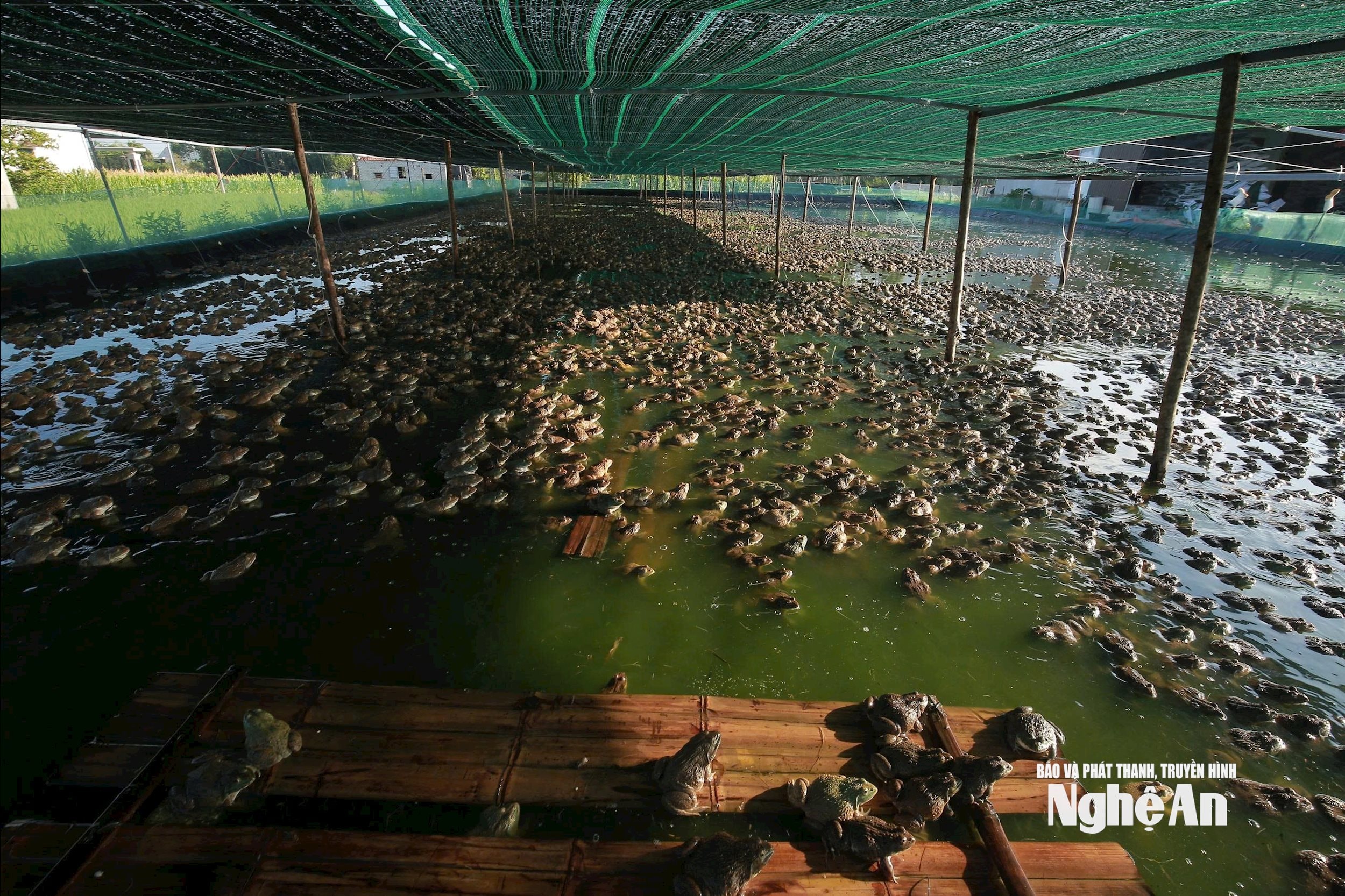
Previously, the land where Mr. Hoa was building his business was a hollow, flooded in the rainy season, and overgrown with grass and bushes in the dry season. Few people in the area were interested in farming. Each season, only a few stunted banana trees and some cassava bushes survived on rainwater. Looking at the abandoned land, few people thought that one day this place would become a source of income of hundreds of millions of dong each year.
Early in the morning, Mr. Dao Van Hoa’s frog farm was bustling with the sound of trickling water and frogs croaking. Over an area of over 1,000 square meters, rows of rectangular cement tanks measuring 5m x 10m, with clean tiled bottoms, were half covered with nets to block the sun. Next to them was a tarpaulin-lined pond, the water surface shimmering in the early morning light, reflecting the dew drops still lingering on the grass blades along the banks.
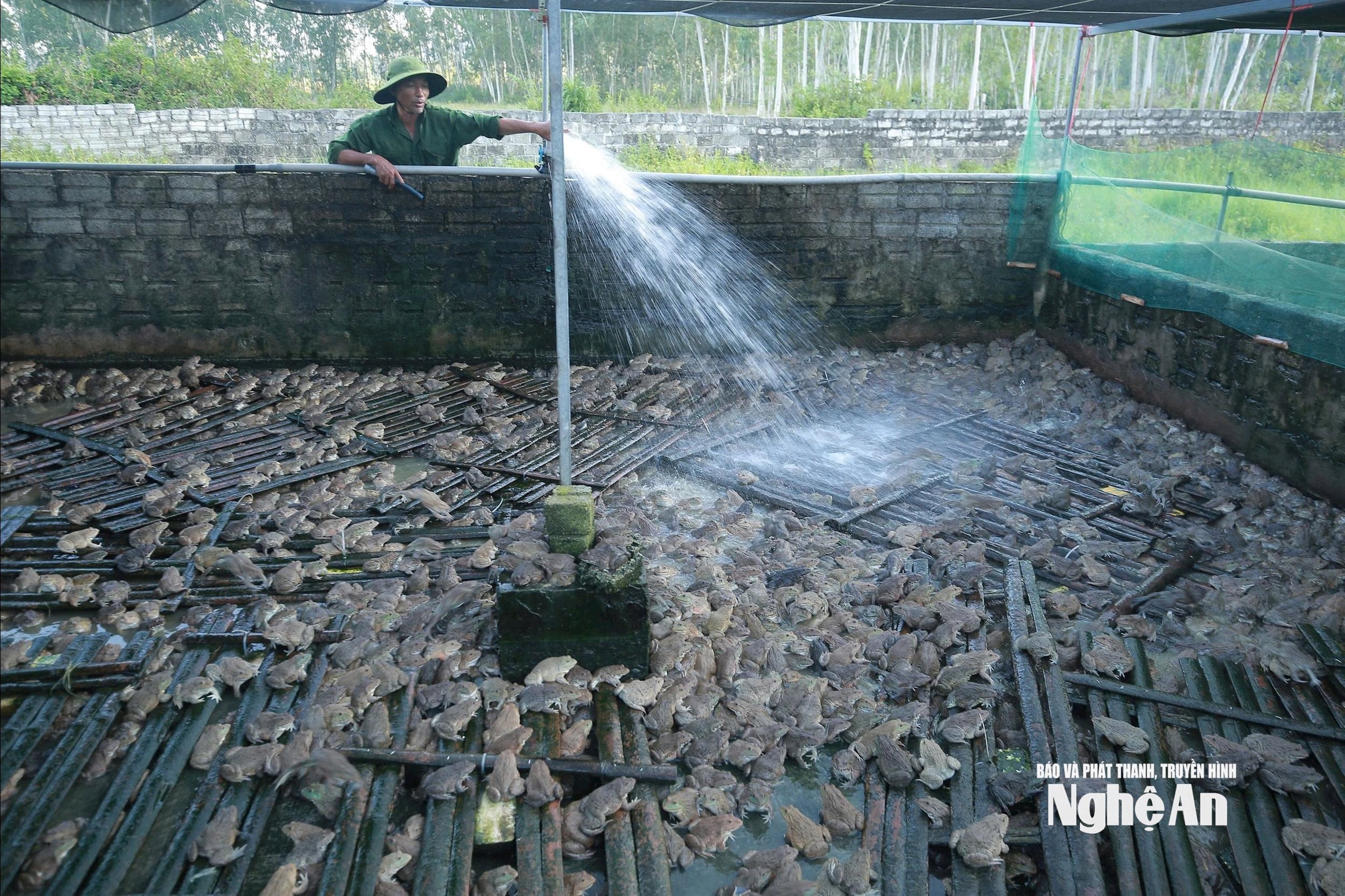
Three years ago, during a visit to a frog farming model in Yen Thanh and some northern provinces, he realized the great potential of the Thai frog breed, a specialty aquatic species with a firm body, sweet and fragrant meat, stable selling price and open output. “I was convinced right away. The problem is to do it right, because although frogs are easy to consume, they are very difficult to care for,” Mr. Hoa recalled.
Upon returning, he began to renovate the low-lying land that could only be used for growing summer rice. Ponds were dredged deep, cement tanks were built solidly, and a clean water source was prepared. Around the tanks, drainage pipes were placed appropriately to change the water twice a day. In the tanks, bamboo planks were used as “resting places” for the frogs to float up to sunbathe, both to keep their bodies dry and to prevent disease.
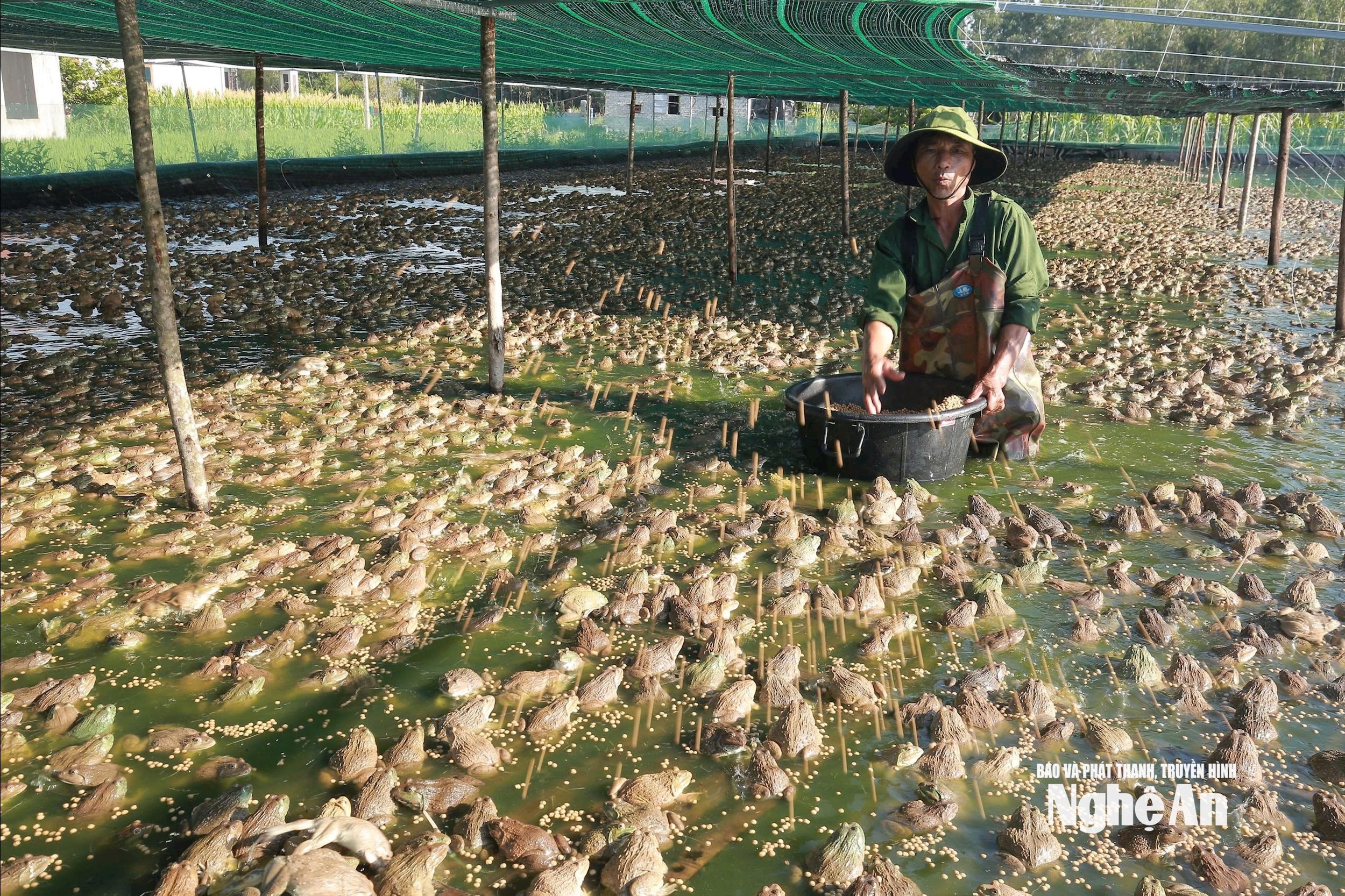
The rearing process begins when the frogs lay eggs, which hatch into tadpoles after only 24 hours. During this period, they are reared in small tanks for 25 days before being transferred to large tanks or ponds. Each rearing period lasts about 100 days, from the time 100 frogs/kg are released until they reach 4-5 frogs/kg. Thanks to strict adherence to techniques, the survival rate of frogs is always over 98%. This species has the ability to adapt well to pH and temperature fluctuations, has few diseases, and develops evenly.
“Raising commercial frogs is not too difficult, the important thing is to grasp the technique and be diligent in observing the frog's habits, paying attention to the water source. Frogs are amphibians, so in the egg stage, we can determine their gender by adjusting the incubation temperature and using a circulating water pump system to create a continuous flow for the eggs to hatch.
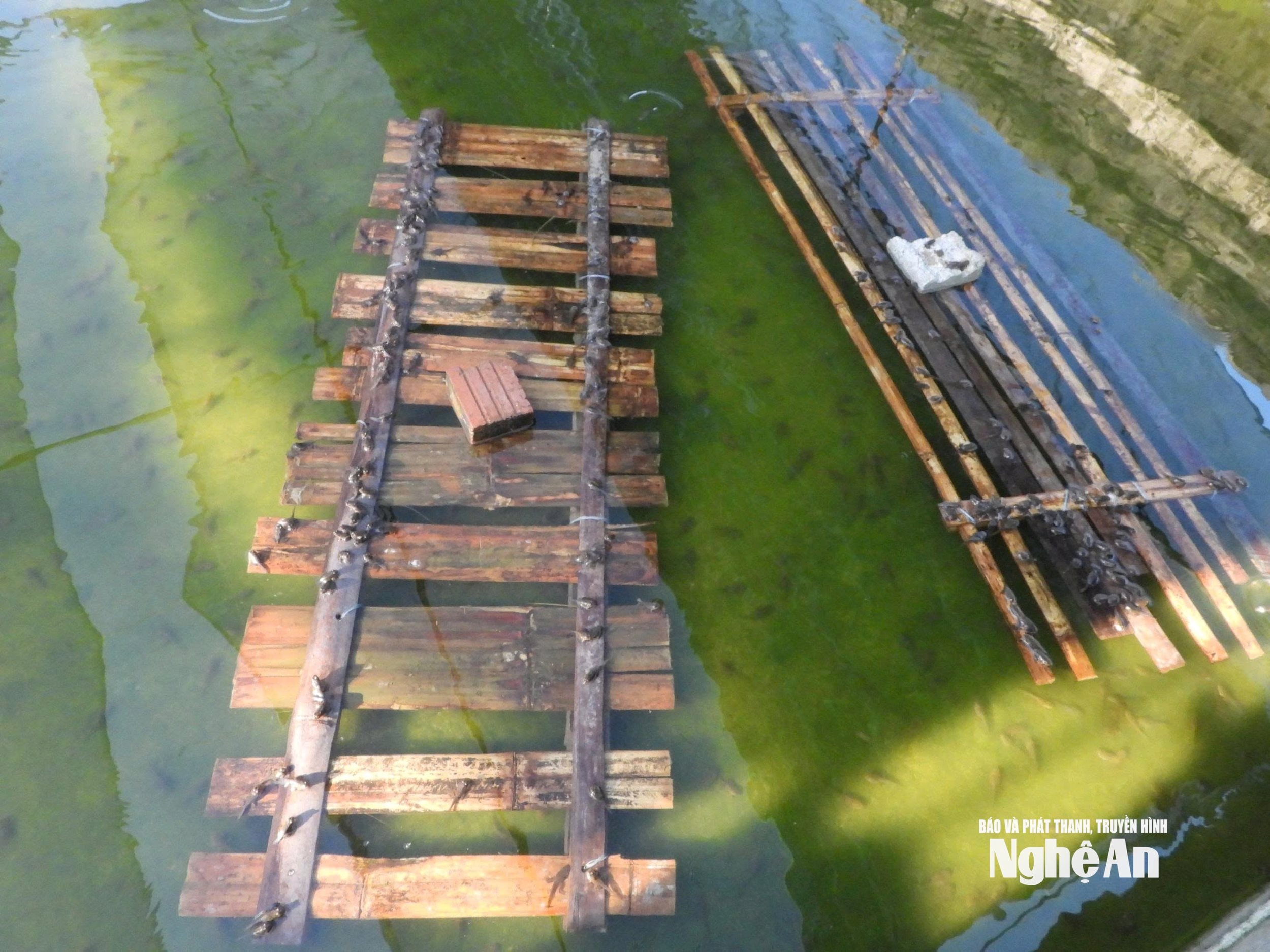
The most difficult part is when the parent frogs have just spawned. We have to pay attention to taking care of the baby frogs during the transition from tadpoles to frogs and feeding them to achieve high efficiency. When the frogs grow up, the food is not too fussy," said Mr. Hoa.
Regarding food, frogs can be fed pellets from the age of 1 month. The rich and diverse food sources include animal-based foods such as small fish, trash fish, shrimp, mussel meat, clams, earthworms, and corn, rice, soybeans, bean dregs, molasses, and biological products, which are ground and then pressed into small pellets and fed to frogs every day. This food source is safe, clean, and saves 30-35% of the cost of raising animals. In addition, Mr. Hoa also adds some vitamins A, D, E, C and some types of industrial bran mixed in certain proportions.
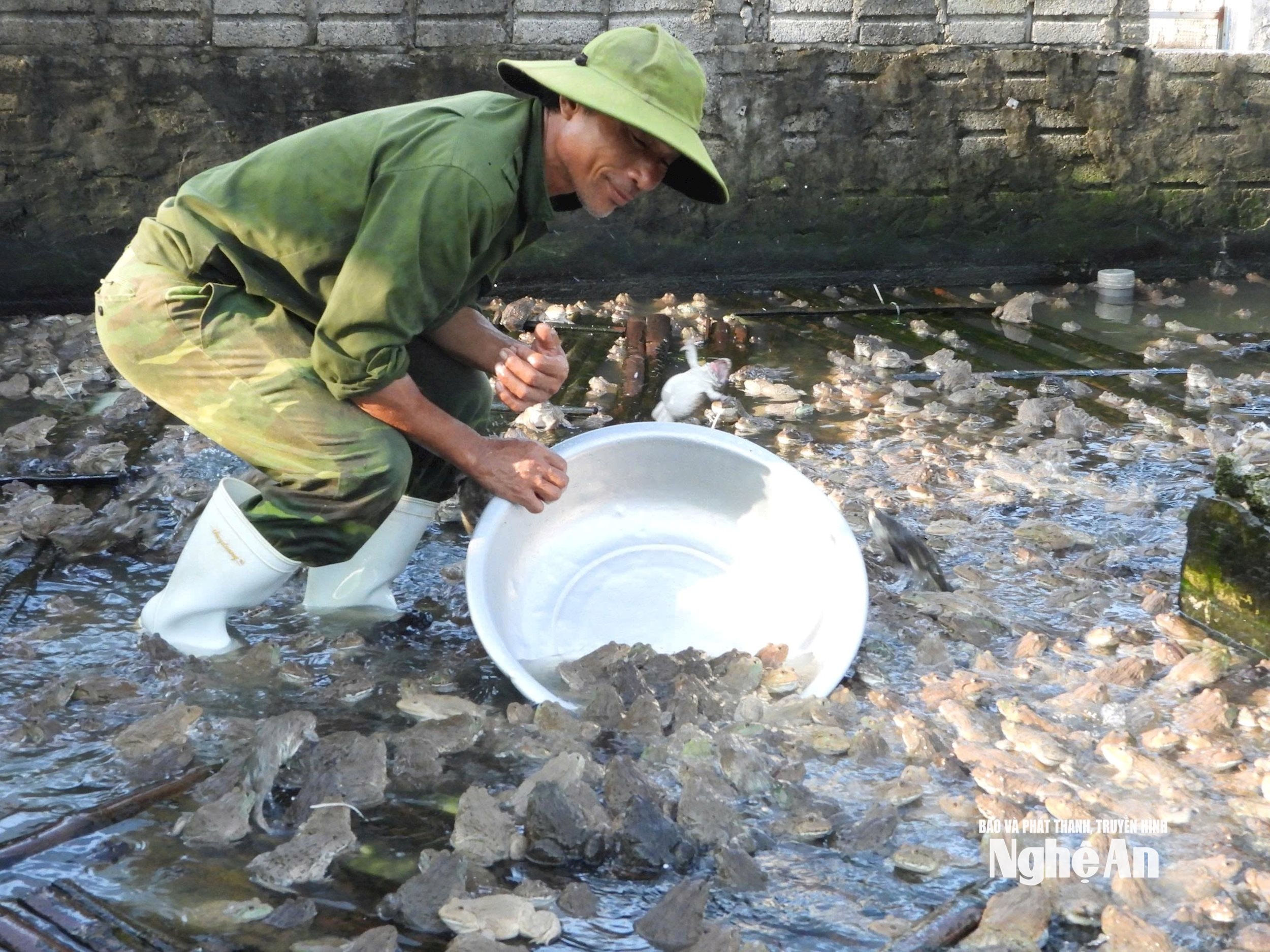
Feeding time is 2 times/day at 7am and 4pm. The amount of food needs to be just enough, about 5-7% of the frog's body weight/day, do not feed too much or too little. "Feed 2 times/day, just enough for the frog to eat, avoid excess that pollutes the water. The water is always changed 2 times/day, combined with the use of biological products to help keep the environment clean. The most important thing is to keep the water clean, feed on time, and provide enough nutrients. If the frog is healthy, it is very easy to raise", Mr. Hoa shared.
In addition to frogs, combining rice cultivation and fish farming creates a closed cycle: Nutrient-rich water from fish ponds irrigates rice, pond mud and organic waste fertilize crops, both saving costs and protecting the environment. Each year, the model supplies the market with nearly 15 tons of commercial frogs and frog breeds. With the current selling price of 50,000 - 60,000 VND/kg, each year, with an output of 12 tons of commercial frogs, after deducting costs, his frog farm makes a profit of about 400 - 500 million VND. In addition, he also has a source of income of about 120 million from selling frog breeds.
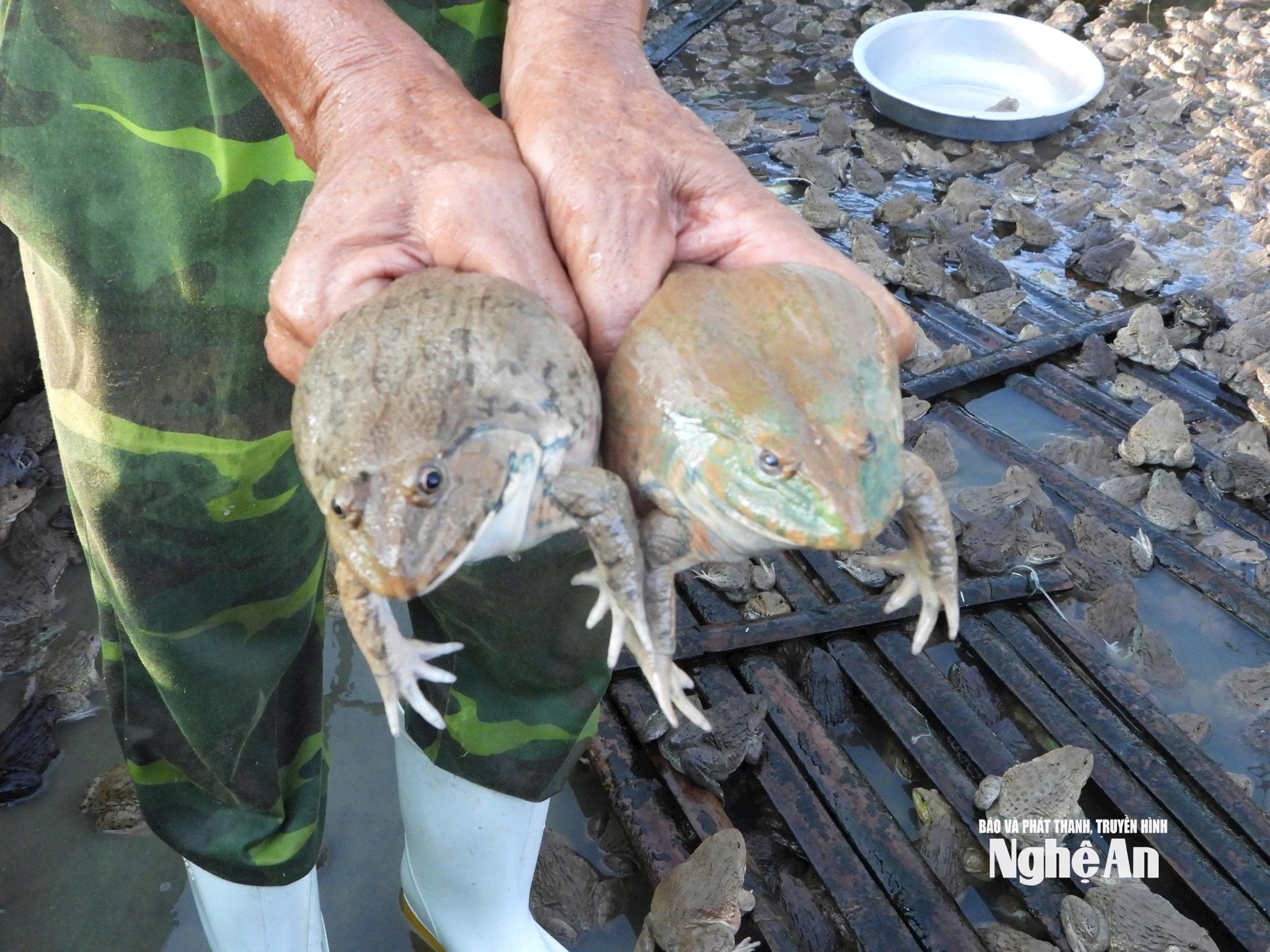
“Farming now requires careful calculation, we cannot rely on a few rice crops anymore. If we know how to take advantage of the land, learn techniques, and dare to invest, any land can be profitable,” Mr. Hoa smiled gently, his sunburned hands still quickly changing the water in the frog pond.
Source: https://baonghean.vn/bien-ao-ho-lay-loi-thanh-noi-nuoi-ech-thai-mot-nong-dan-nghe-an-bo-tui-hang-tram-trieu-dong-nam-10304403.html



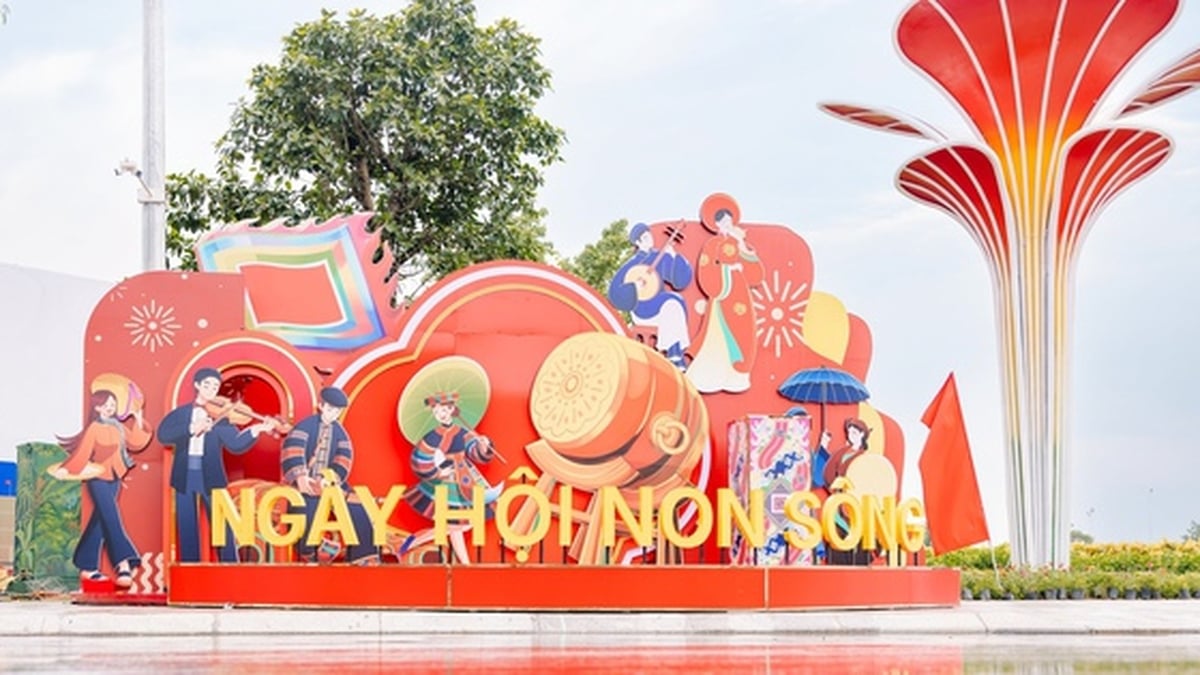

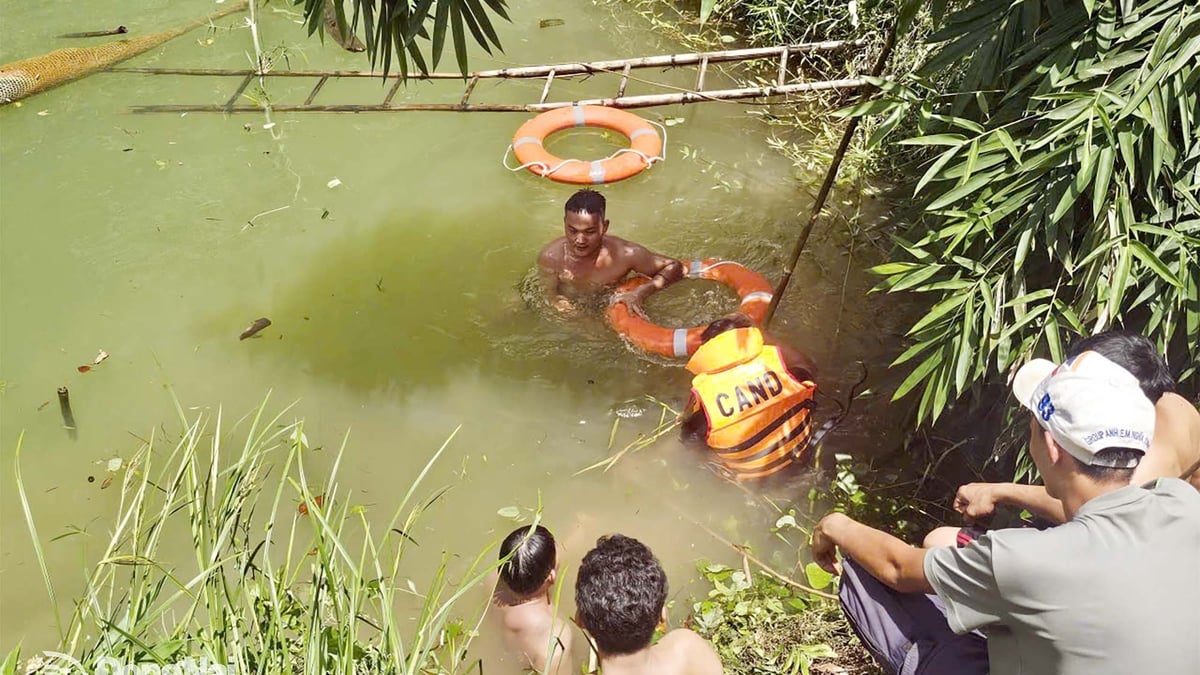




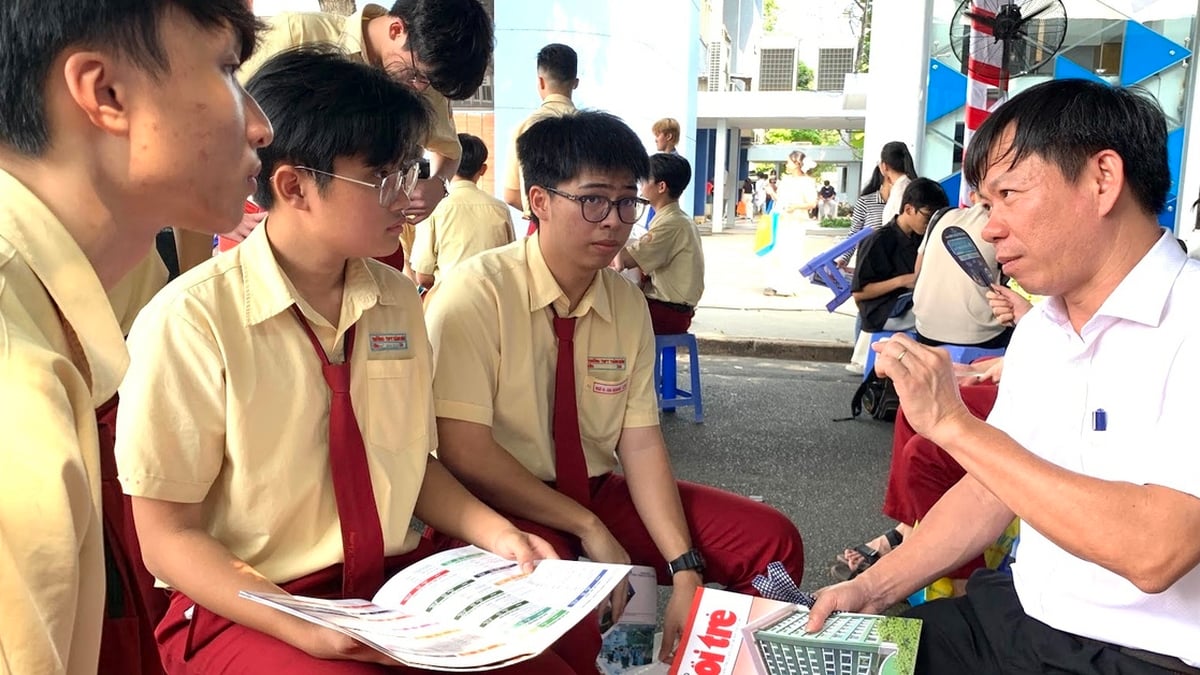
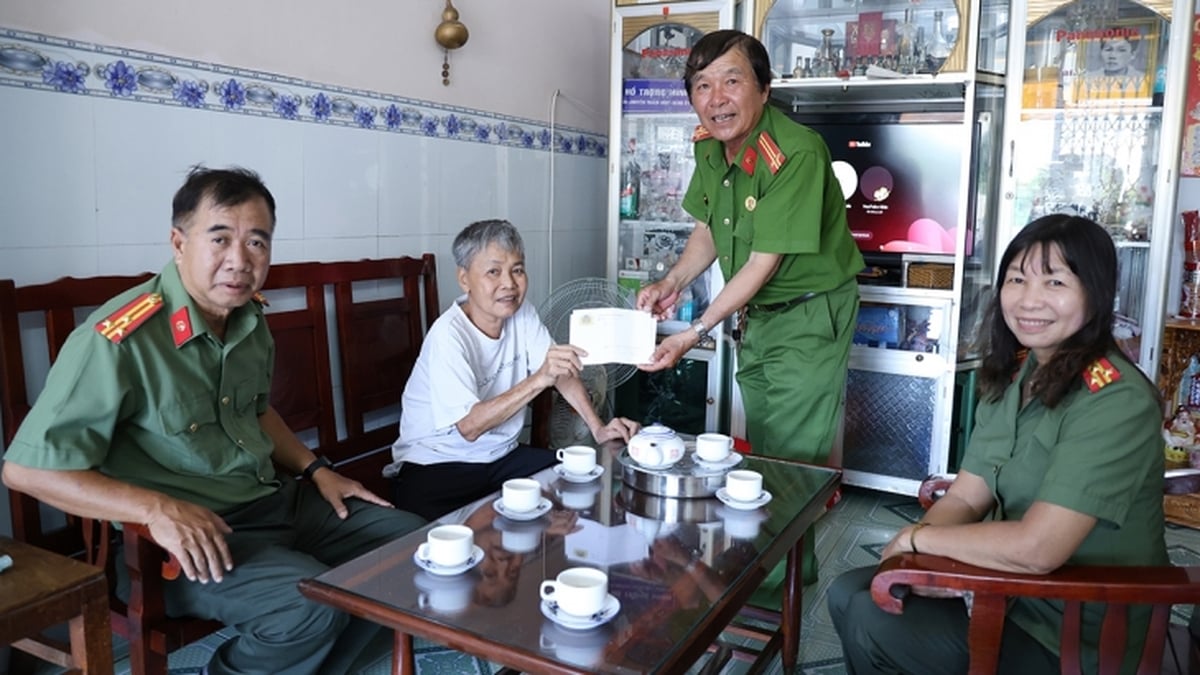










![[Photo] Close-up of the first International Financial Center building in Ho Chi Minh City](https://vphoto.vietnam.vn/thumb/1200x675/vietnam/resource/IMAGE/2025/8/19/3f06082e1b534742a13b7029b76c69b6)
![[Photo] General Secretary To Lam attends the inauguration and groundbreaking ceremony of 250 projects to celebrate National Day](https://vphoto.vietnam.vn/thumb/1200x675/vietnam/resource/IMAGE/2025/8/19/3aa7478438a8470e9c63f4951a16248b)
![[Photo] General Secretary To Lam and President Luong Cuong attend the handover ceremony of the Presidential Office Headquarters](https://vphoto.vietnam.vn/thumb/1200x675/vietnam/resource/IMAGE/2025/8/19/a37cfcbd301e491990dec9b99eda1c99)
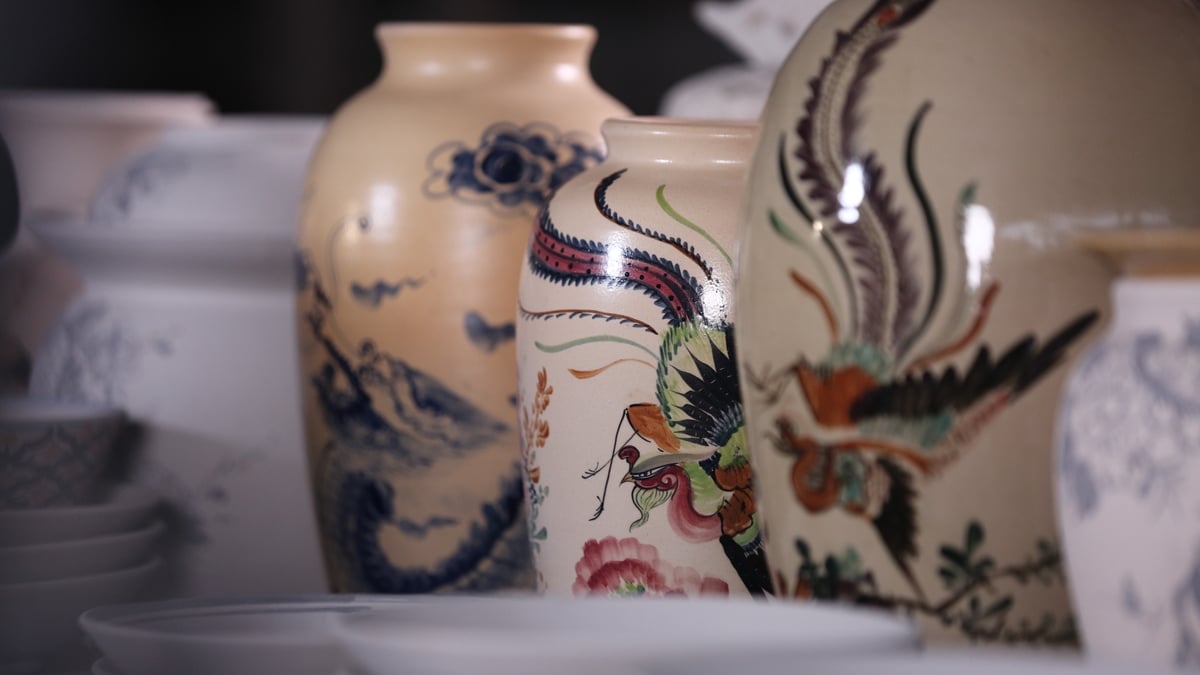

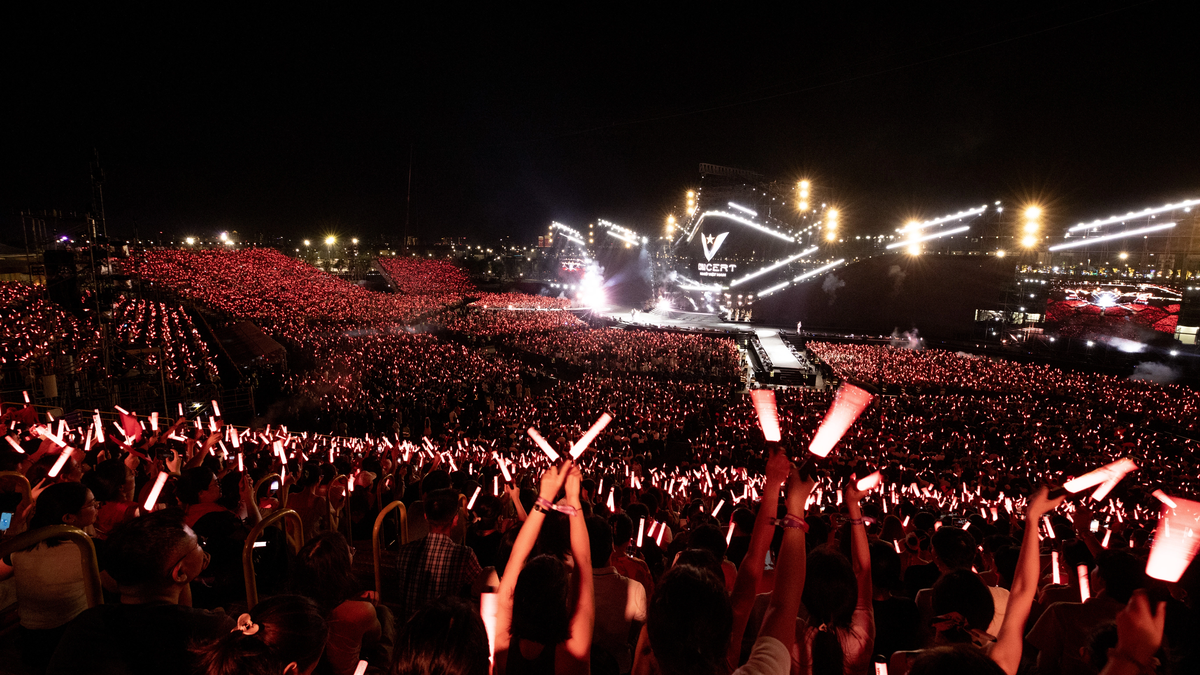

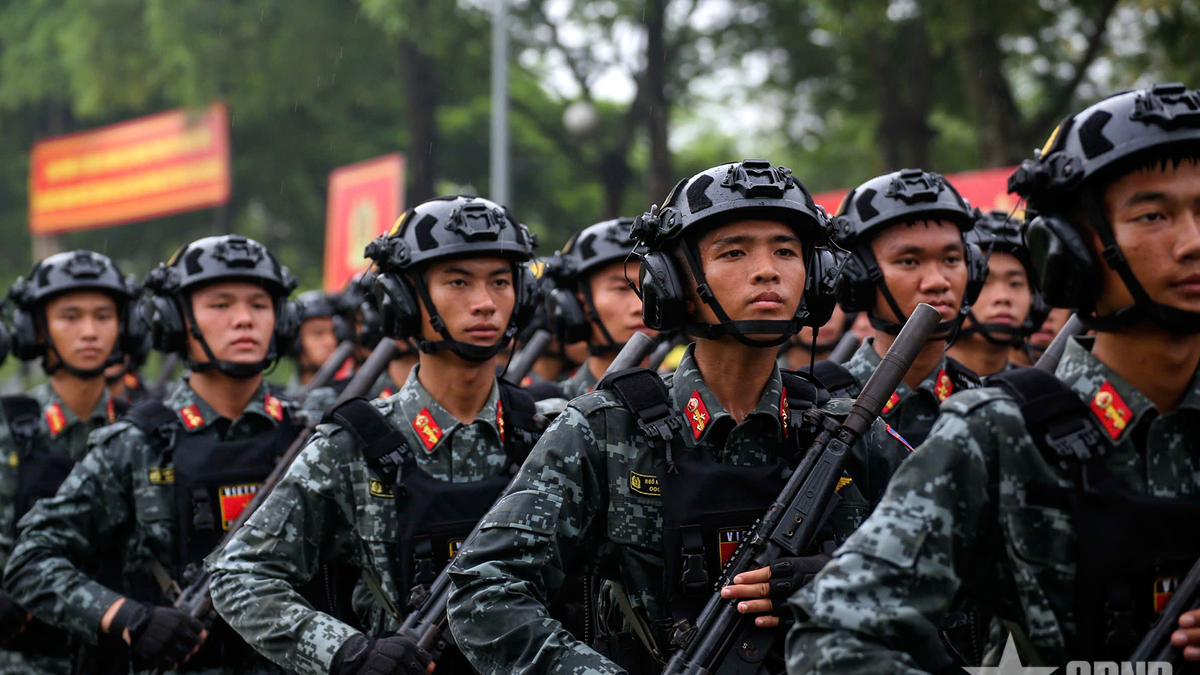
![[Photo] President Luong Cuong's wife and Queen of Bhutan visit Tran Quoc Pagoda](https://vphoto.vietnam.vn/thumb/1200x675/vietnam/resource/IMAGE/2025/8/19/62696af3852a44c8823ec52b03c3beb0)
![[Photo] General Secretary and Prime Minister visit the National Exhibition and Fair Center](https://vphoto.vietnam.vn/thumb/1200x675/vietnam/resource/IMAGE/2025/8/19/f4503ad032d24a90beb39eb71c2a583f)
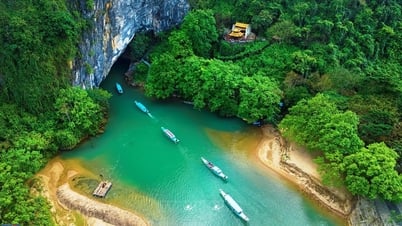

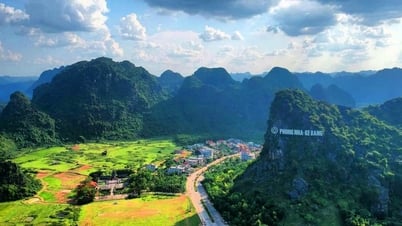

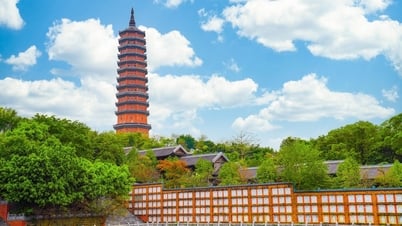

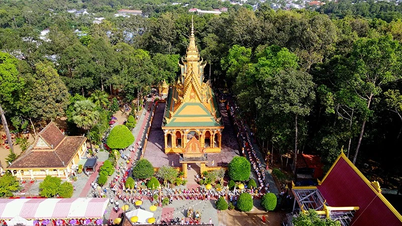

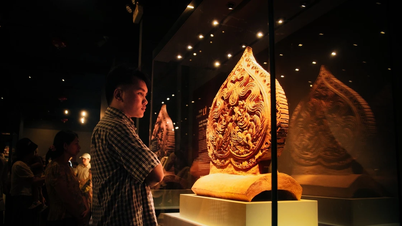










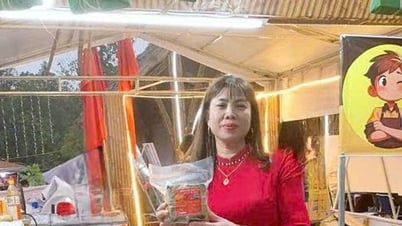



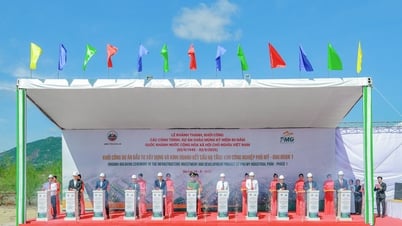

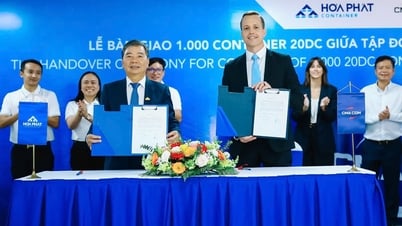
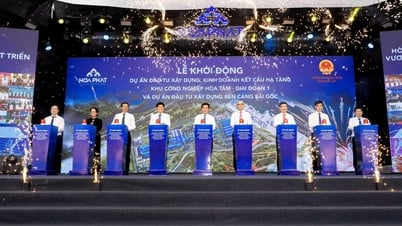


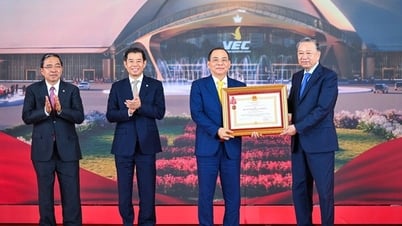








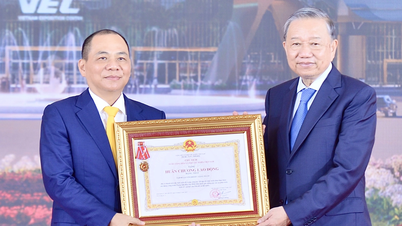

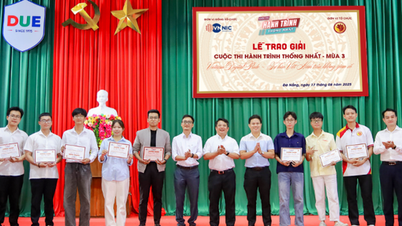


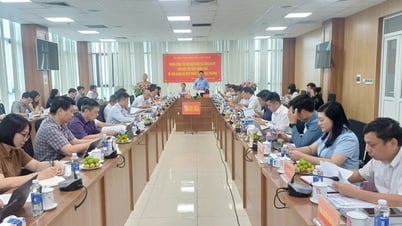
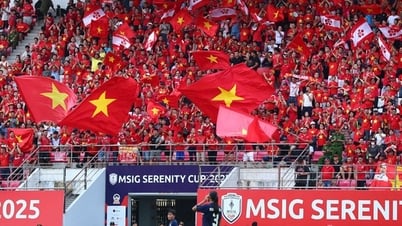








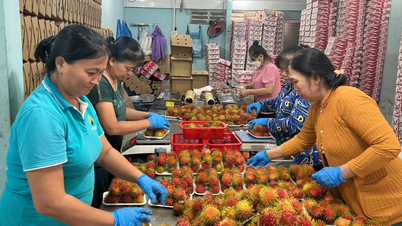
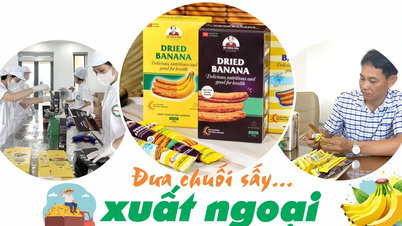

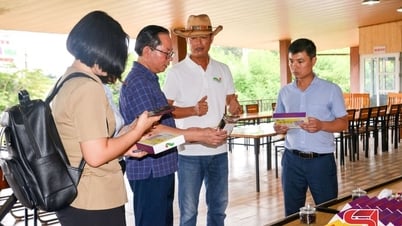

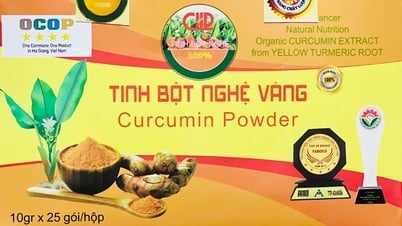

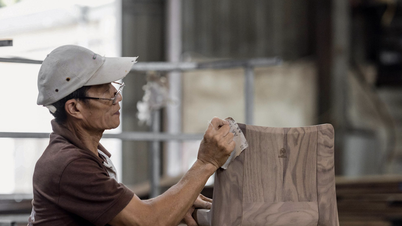
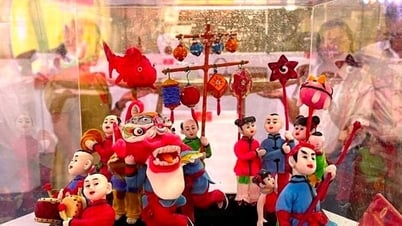






Comment (0)